Ayubowan..!! Welcome to Sri Lanka
A land like no other
Areas You Want to Explore
Sri Lanka has a tropical climate and he best time to visit depends on the areas you want to explore.
South and West Area
The best season to visit the west, south and Hill Country is during winter, from December to March. This is consequently the most touristic season in Sri Lanka.
The southwest monsoon goes from May to September in these areas. During this period, a lot of rain is expected and the sea is rough. You can still come in summer (July-August) to visit southwestern Sri Lanka, since the weather starts getting better, but the odds for rainy days will be higher than in winter and the sea a little rough.
There are two intermonsoon seasons when thunderstorms can occur in the afternoon or evening:
– March to April
– October to November
North and East Area
The best season to visit the northern and eastern parts of the country is from May to September. If you want to relax at the beach in summer, choose the eastern beaches.
The northeast monsoon goes from November to January in these areas. During this period, it can get extremely rainy on the east coast. The ancient cities can still be visited, since the weather tends to be more mixed in this area
Esala Perahera
Go for the Esala Perahera in Kandy, or celebrate the Sri Lankan New Year! Find a list of Sri Lanka’s main events and plan your holiday accordingly.
Perahera = Procession
Poya/Poya Day= Full moon day. A Poya day is a religious holiday throughout the island. Poya days occur once every month.
Note: On Poya days all liquor stores and selling points are closed and it is almost impossible to buy alcohol. Nevertheless certain hotels may sell during this religious holiday.
Main Events in Sri Lanka
January
January
February
February
March
March
April
April
May
May
June
June
July
July
August
August
December
December
Main Events in Sri Lanka
January
January
February
February
March
March
April
April
May
May
June
June
July
July
August
August
December
December
Sri Lankan Culture
Remember that Sri Lanka is a hot tropical country. Drink plenty of water to avoid dehydration when touring. Tap water in Sri Lanka is chlorinated and is generally safe to drink, but don’t unless it’s boiled and filtered. You should carry bottled water when touring sites. Wear sunscreen at beaches and don’t spend too much time out in the sun as you could get a heatstroke.
Food hygiene at restaurants is reasonable but varies depending on where you eat. It’s generally safe to try street food as long as it’s served hot.
Dengue and Malaria
Because Sri Lanka is a tropical country, dengue and malaria is an issue. Sri Lanka is at risk for these diseases and travelers must take precautions to avoid contracting. Dengue and malaria are mosquito borne diseases. Therefore, pack plenty of mosquito repellant, especially if you plan on doing outdoor activities. Don’t forget to wear mosquito repellant, especially when you are touring in early mornings and at dusk time. The best prevention method is to avoid mosquito bites.
Remember that Sri Lanka is a hot tropical country. Drink plenty of water to avoid dehydration when touring. Tap water in Sri Lanka is chlorinated and is generally safe to drink, but don’t unless it’s boiled and filtered. You should carry bottled water when touring sites. Wear sunscreen at beaches and don’t spend too much time out in the sun as you could get a heatstroke.
Food hygiene at restaurants is reasonable but varies depending on where you eat. It’s generally safe to try street food as long as it’s served hot.
Dengue and Malaria
Because Sri Lanka is a tropical country, dengue and malaria is an issue. Sri Lanka is at risk for these diseases and travelers must take precautions to avoid contracting. Dengue and malaria are mosquito borne diseases. Therefore, pack plenty of mosquito repellant, especially if you plan on doing outdoor activities. Don’t forget to wear mosquito repellant, especially when you are touring in early mornings and at dusk time. The best prevention method is to avoid mosquito bites.
You have to apply online for a tourist Visa in Sri Lanka. It is issued for 30 days.
1) Go on: www.eta.gov.lk at least one week before your departure.
2) Pay about 35 USD online (Visa fees can change at any time)
3) Receive your online confirmation and print it out. Make sure to take your print out with the receipt with you on your trip!
You can also get a visa on arrival at the Bandaranaike international airport. It will cost 5 USD more.
Special rates apply for the residents of SAARC countries.
Please note that the above information may not be updated. Please contact the nearest Sri Lankan embassy or go on the website to get accurate and the latest information on obtaining a visa to Sri Lanka.
The most famous dish in Sri Lanka is the Sri Lankan rice and curry, made with rice, meat and various vegetables cooked with spices. Kottu is also very famous (served only for dinner) and consist of chopped roti cooked on a hot plate with spices, vegetables and meat (or eggs).
• The most famous dish in Sri Lanka is the Sri Lankan rice and curry, made with rice, meat and various vegetables cooked with spices.
• Kottu is also very famous (served only for dinner) and consist of chopped roti cooked on a hot plate with spices, vegetables and meat (or eggs).
• You can also try Lamprais: a delicious (mildly spicy) Dutch influenced mixed meat curry, with meatballs and caramelized onions, wrapped in a banana leaf.
• There is also a tradition of eating short-eats, which are delicious snacks like stuffed rolls or little chicken pies.
• The food in Sri Lanka is spicy and even the locals are known to find it so. If you don’t want spicy food, just ask for “non-spicy” when you order.
• It is hard to find either pork or beef in traditional restaurants due to the religious reasons. However, you can find a lot of vegetarian restaurants and chicken and seafood is freely available.
• A traditional Sri Lankan meal in a small local restaurant will cost between 200 and 300 Rupees.
Sinhala and Tamil
Sinhala and Tamil are the official languages of Sri Lanka. Sinhala is widely spoken in the southern, western and central parts of the island, while Tamil is almost exclusively spoken in northern and eastern parts of the island.
Sinhala
Sinhala is the native language of the Sinhalese people, who constitute approximately 70 percent of Sri Lanka’s population, which equals approximately 13 million people. Sinhala is also spoken among other ethnic groups on the island as a second language, making it the most widely spoken language in Sri Lanka. It was greatly influenced by Pali, the liturgical language of Sri Lankan Buddhists. Due to the centuries of colonial rule in Sri Lanka, Sinhala contains many Portuguese, Dutch and English loanwords. Sinhala also has a number of words borrowed from Tamil.
Tamil
Tamil is Sri Lanka’s second official language, spoken by about five million people on the island, which is about 15 percent of the population. Tamil belongs to the Dravidian language family, which is predominant in southern India, particularly in state of Tamil Nadu. Tamil has existed as a spoken language in Sri Lanka for centuries brought by ancient settlers, tradesmen, invaders, foreign kings and immigrants.
Other languages
Other than Sinhala and Tamil, many minority languages exist spoken by small communities of people. The best known of these minority languages is Veddah, spoken by the Veddah people, who are a group of tribal hunter gatherers that live in the forests of central Sri Lanka. Veddah is closely related to Sinhala and both languages have a number of words borrowed from each other. Also, the Rodiya community that lives in the Hill Country speaks a language of their own, sometimes considered a dialect of Sinhala. The Sri Lankan Moors speak a form of Tamil heavily influenced by Arabic. The Malay Muslims in Sri Lanka speak Creole Malay, a mix of Bahasa Malaysia, Tamil, Sinhala and Arabic. Majority of Sri Lankans are conversational in English, so you are unlikely to face communication issues. Sri Lankans learn English as a second language at school starting from primary grades. Sri Lankan English is essentially British English infused with quirky local phrases and words. Sri Lankan English might not be entirely comprehensible to native English speakers due to the accent and words borrowed from local languages.
It is really easy to buy a SIM card and use it with an unlocked phone. You may need to show your passport, so don’t forget it. Dialog, Mobitel and Etisalat are the most popular service providers in Sri Lanka.
A SIM card will cost about 200 Rupees while a top-up card of 500 rupees should be enough for you to communicate with your travel partners and check information on the internet from time to time.
Sri Lanka telephone country code: 94
The currency in Sri Lanka is the Sri Lankan Rupee (LKR). It’s issued by the Central Bank of Sri Lanka and has dealt with various fluctuating interest rates throughout history. One rupee is divided into 100 cents. The rupee is available in coins (1, 2, 5 and 10) as well as in bank notes (10, 20, 50, 100, 200, 1000, 2000 and 5000). Cent coins are available but are rarely used due to their negligible value. When you are in Sri Lanka, you will have to make all transactions within the country in the Sri Lankan Rupee. Local shops and eateries outside of the international airport do usually not accept foreign currencies.
Cash is still the mainly used form of currency in the country. You will need cash in bills 1,000 rupees or less to pay tuk tuk drivers, shop keepers and roadside vendors. Many sellers do not usually give out change for large 2,000 rupee or 5,000 rupee bills. Keep smaller rupee bills in hand to pay for train rides, entrance fees and king coconut drinks on the way.
Credit and debit cards are widely used in Sri Lanka. Many larger shops and supermarkets accept credit or debit cards. However, many small businesses and retailers only accept cash. Visa and MasterCard are the most commonly accepted types of credit cards. American Express and Diners Club are not as commonly used. Credit card fraud is not particularly widespread in Sri Lanka compared to other countries in the region, but it is best not to use your card at small, hole in the wall shops if they offer the service. Take the usually precautions against credit card fraud while in Sri Lanka.
ATMs are common in all major cities like Colombo and Kandy, tourist areas and some small towns. ATM machines are available 24/7. Be aware that when you withdraw money from an ATM machine using a card not issued by the bank the ATM belongs to, hefty charges may incur. Therefore, it’s best to withdraw all the cash you need in one go instead of making many minor cash withdrawals multiple times. Many ATMs only distribute bills that are 500 rupees or higher. You will not have trouble changing a small bill to even smaller bills at a local store.
All rates are approximate. This budget will give you a general idea about costs in Sri Lanka. Do not take it as an exact budget. Your costs will depend on your accommodation, activities, where you eat and what you buy.
Need Approximate cost in LKR
• Rice and curry meal at a local eatery 250
• Street food snack 50
• Lunch at a decent restaurant per person 1,000
• Dinner at a good restaurant per person 2,000
• Average entrance ticket to a national park for an adult 3, 700
• Tips for chauffeur-guide per day 2,000
All rates are approximate. This budget will give you a general idea about costs in Sri Lanka. Do not take it as an exact budget. Your costs will depend on your accommodation, activities, where you eat and what you buy.
Need Approximate cost in LKR
• Rice and curry meal at a local eatery 250
• Street food snack 50
• Lunch at a decent restaurant per person 1,000
• Dinner at a good restaurant per person 2,000
• Average entrance ticket to a national park for an adult 3, 700
• Tips for chauffeur-guide per day 2,000
It’s common in Sri Lanka to leave a small tip if you are satisfied with the service. Hotel and restaurant staff will expect a small tip (depending on the service and the size of the bill).
At hotels, baggage holders expect a tip of around Rs. 100-200. Jeep drivers and other guides will expect around Rs. 1000. You can calculate your guide’s tip depending on your satisfaction at the end of the tour (around Rs. 2000 per day).
Your chauffeur will expect a tip at the end of the tour. Consider around Rs.1000/day. It can vary depending on your satisfaction.
Don’t forget to tip guides in case you use any. The amount depends on your satisfaction.
Place to Discover
Western Sri Lanka
Western Sri Lanka
Southern Sri Lanka
Southern Sri Lanka
The hill country
The hill country
The cultural triangle
The cultural triangle
The east coast
The east coast
Northern Sri Lanka: Jaffna
Northern Sri Lanka: Jaffna
Place to Discover
Western Sri Lanka
Western Sri Lanka
Southern Sri Lanka
Southern Sri Lanka
The hill country
The hill country
The cultural triangle
The cultural triangle
The east coast
The east coast
Northern Sri Lanka: Jaffna
Northern Sri Lanka: Jaffna
Reasons to Go to Sri Lanka
Sri Lanka is a beautiful island in the Indian Ocean perfect for tropical escapes in the winter months. The island has a vibrant tourism industry so you can find plenty of accommodation options for your budget. The locals are extremely friendly towards foreigners and you will always feel welcomed in the “pearl of the Indian Ocean.”
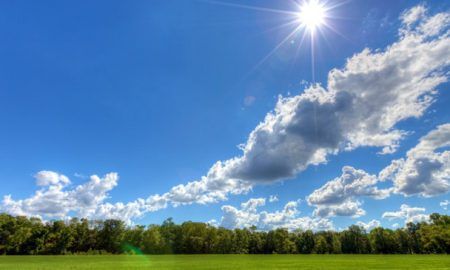
It's always sunny
Sri Lanka is a beautiful island in the Indian Ocean perfect for tropical escapes all year round.
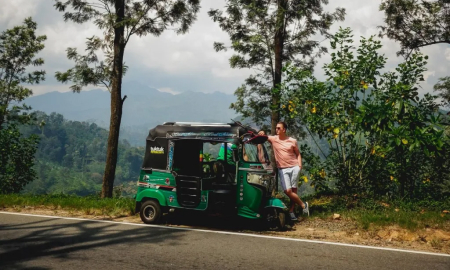
Your budget suits anyway
The island has a vibrant tourism industry so you can find plenty of accommodation options for your budget.
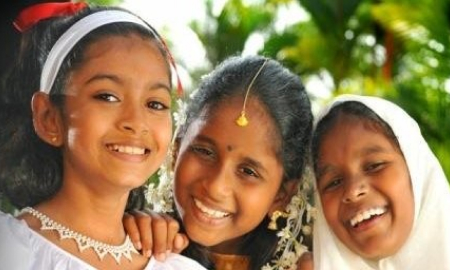
The smiling locals
The locals are extremely friendly towards foreigners and you will always feel welcomed in the “pearl of the Indian Ocean.”
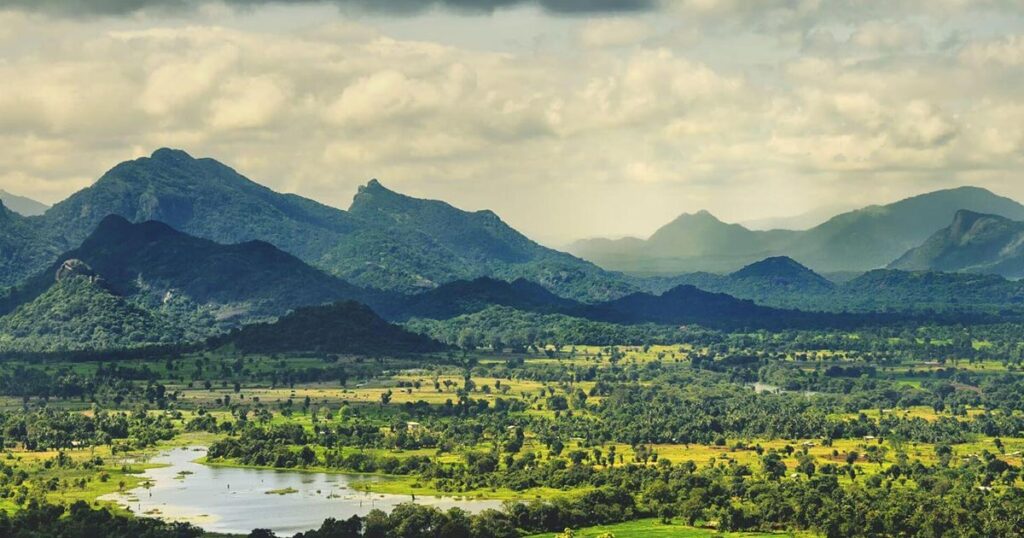
A variety of landscapes
Sri Lanka may be tiny, but the island has a number of diverse landscapes to enjoy. The coastal regions of Sri Lanka are famous for palm-fringed golden beaches. The most famous beaches, like Bentota, Unawatuna and Tangalle are in the southwestern coastal belt. Southwestern beaches are developed well enough with many hotels, restaurants and other facilities. If you prefer a more low-key vibe, you can visit the northeastern beaches of Sri Lanka. Due to a protracted Civil War that ended in 2009, this part of the island was closed off for decades. Therefore, most beaches you find in the north and the east are refreshingly underdeveloped and less crowded.
Mountains & tea estates
There’s a mountainous region in the middle of Sri Lanka generally referred to as the Hill Country. This area is cooler than other parts of the country, and is very popular thanks to beautiful views of panoramic mountain ranges and tea plantations. The Hill Country of Sri Lanka is the best for adventure activities like trekking. Also, some of the most lauded cultural attractions of Sri Lanka, like the Temple of the Tooth Relic, are located in this region.
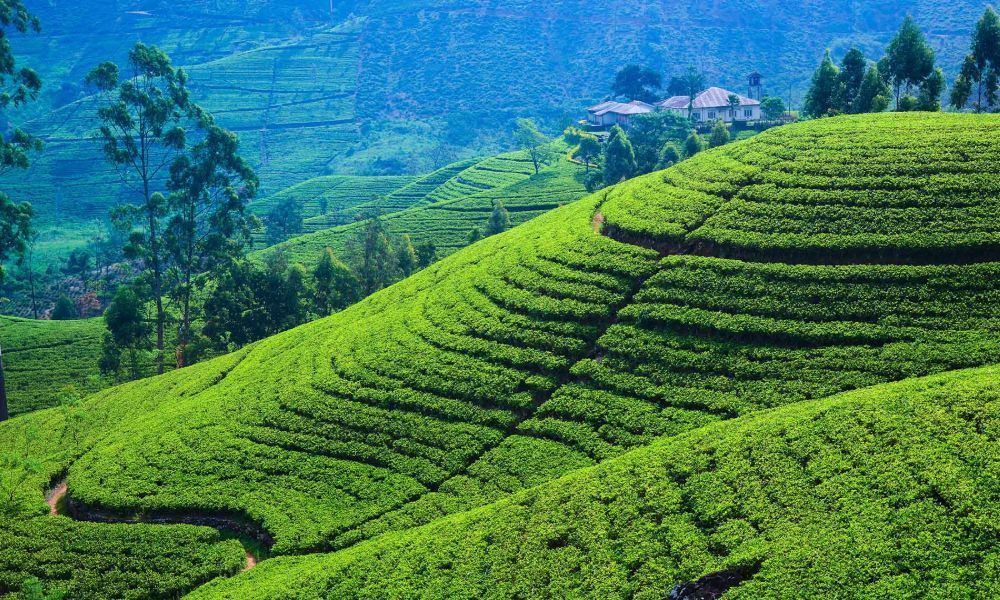
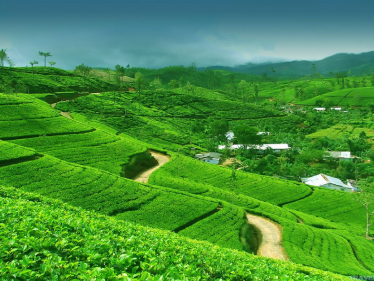
Mountains & tea estates
There’s a mountainous region in the middle of Sri Lanka generally referred to as the Hill Country. This area is cooler than other parts of the country, and is very popular thanks to beautiful views of panoramic mountain ranges and tea plantations. The Hill Country of Sri Lanka is the best for adventure activities like trekking. Also, some of the most lauded cultural attractions of Sri Lanka, like the Temple of the Tooth Relic, are located in this region.
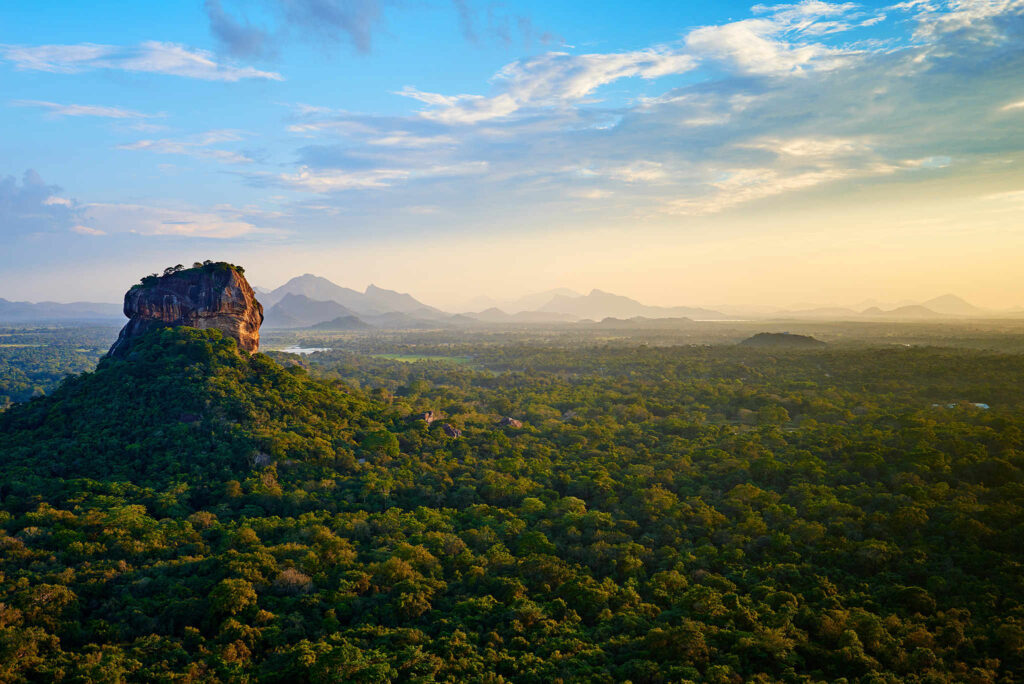
Amazing UNESCO heritage sites
The main cultural attractions of Sri Lanka are located in the north-central region, a dry area that was once the cradle of the island’s ancient hydraulic civilization. Here you will find the Cultural Triangle that connects the ancient kingdoms of Dambulla, Polonnaruwa and Anuradhapura. You can tour UNESCO heritage sites like Sigiriya, explore ancient ruins and visit temples in the Cultural Triangle.
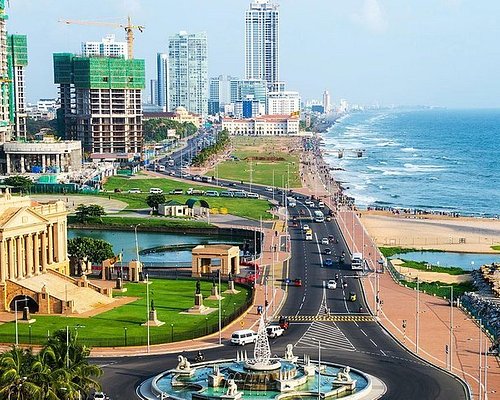
Easy to get around
Due to the small size of the island, you can reach just about anywhere in the country in a matter of hours. Almost all regions are accessible by public transport, but this should not be a concern as you would be provided a driver and a suitable vehicle.
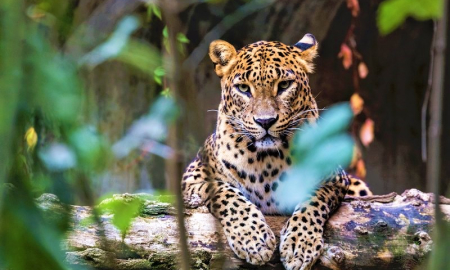
Wildlife encounters awaiting
Sri Lanka also has a number of national parks that are particularly famous for wild elephant watching. You can also go whale or dolphin watching in Sri Lanka.
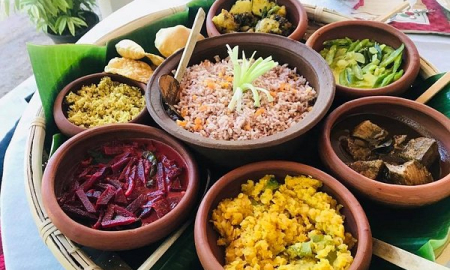
A mouthwatering cuisine
You can enjoy observing the vibrant local life and sample delicious local cuisine that is famous for their spices.
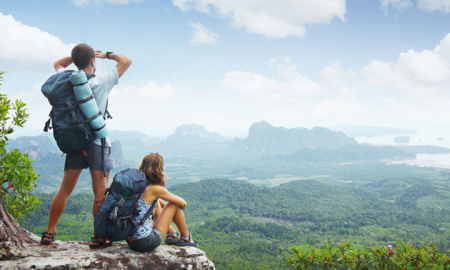
Well-rounded
Sri Lanka is a well-rounded destination perfect for travelers who seek beach, culture, wildlife or adventure holidays.
Contact Us
Travelanka Tours is available 24/7 to provide you more information and answer any questions. For any difficulties or questions you might have regarding our packages and services, please contact us.
